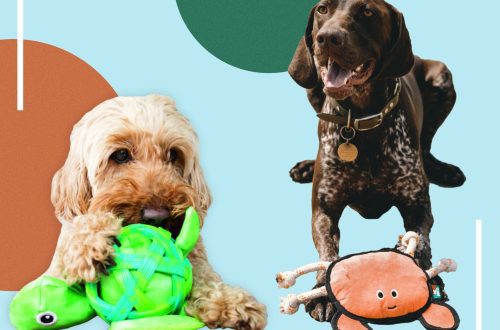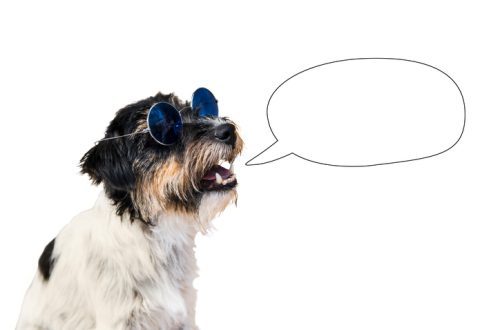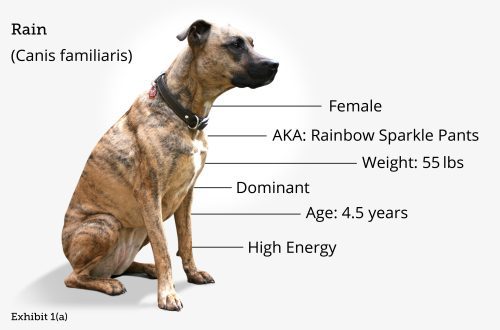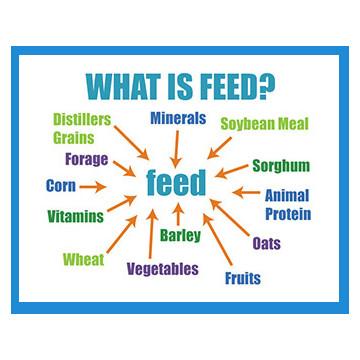
What are the feeds?
Contents
Types and classes of feed
- Wet (preserves)
- Canned
- Semi-moist (granular food with more than 12% moisture)
- Dry (granular food with moisture up to 12% inclusive)
Dry and wet foods are divided into classes:
- Economy
- Premium
- Super premium
Economy – dry and wet food of the lowest quality, created in order to support the vital activity of the animal, saturating its stomach. They are the cheapest and most affordable (you can always find them on grocery store shelves). For their manufacture, manufacturers use the cheapest and low-quality raw materials, which are not always safe for the health of your pet. The basis of the composition is plant components, in order for the animal to want to eat it, flavors and flavors are added that mask the natural smell of the product. Economy class feeds are not actually digested, passing through the “transit” through the animal’s body, therefore the daily rate increases several times compared to feeds of better quality. Over time, due to a lack of nutrients, the dog begins to look worse, get sick, which can lead to irreversible consequences. No one recommends feeding animals with such feed!
Separately, it is worth noting the economy class feed, which is produced by companies that specialize mainly in more expensive and high-quality products (premium and super premium). In this case, the manufacturer goes to meet his consumer, making the products affordable by reducing the cost of the composition (cheap source of protein, less vitamins and minerals). The quality is good and the price is low. These foods can be fed for a long time, and you can buy them at the pet store.
Premium and super premium foods are scientifically developed diets that take into account the needs of cats and dogs of different ages, breeds, conditions, etc.
Super premium feed should be:
- hypoallergenic
- highly digestible
- contain a full range of vitamins and minerals – this is the prevention of diseases.
“Holistic” (Holistic) nutrition – “healthy” nutrition
Holistic – feed related to the super premium class of the new generation. This food is formulated based on the diet of a predator in the wild, which is natural for dogs and cats. Manufacturers guarantee the highest quality of the product, its naturalness, each ingredient is important to create a balance in the nutrition of the animal. Holistic food contains more than 65% meat (sometimes the amount reaches 80%), high-quality sources of carbohydrates, fats, amino acids, various herbs, vegetables and fruits, berries. Everything is carefully selected and balanced. Holistic food is high in protein and fat, it is very important to pay attention to this so as not to overfeed your pet. The dosage can be much less than in other foods, it must be calculated taking into account the weight and activity of the dog, using the feeding table provided by the manufacturer. If the animal is prone to weight gain, a food has been created that solves the problem by reducing fat and increasing fiber in the feed.
Holistic foods are designed for those who want to bring their pet’s diet closer to that of a “wild hunter”.
Research conducted by genetic scientists in Sweden has determined that the domestication of dogs has led to a change in their DNA. Dogs have between 4 and 30 copies of the gene for amylase, a protein that breaks down starch in the intestines. Wolves have only 2 copies of this gene. Due to this, dogs digest starch 5 times better than wolves and therefore can eat rice and cereals.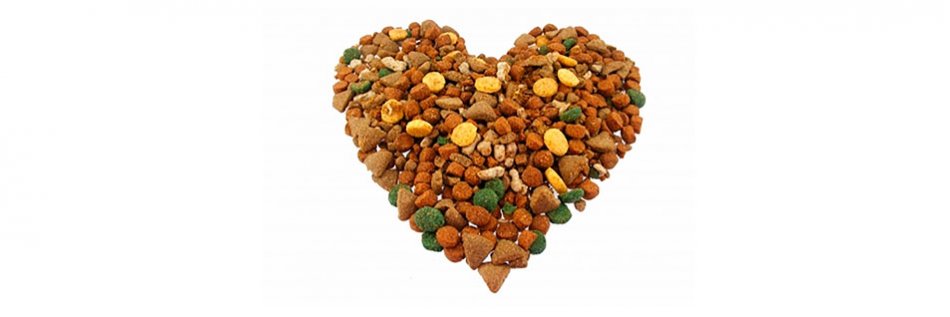

Medical feed
Veterinary diets developed by scientific laboratories are designed for feeding during the treatment of diseases, for prevention, for everyday feeding in chronic diseases. Such feeds are prescribed by a veterinarian who monitors the treatment process, and when the doctor determines by analysis that the animal no longer needs a veterinary diet, the dog is transferred to the main diet. In cases where a pet has a chronic disease, a veterinary diet is prescribed on an ongoing basis (for example, with kidney failure). But this decision is made only by the doctor. Of course, medicated feeds are sold without a prescription, but you still shouldn’t self-medicate.





